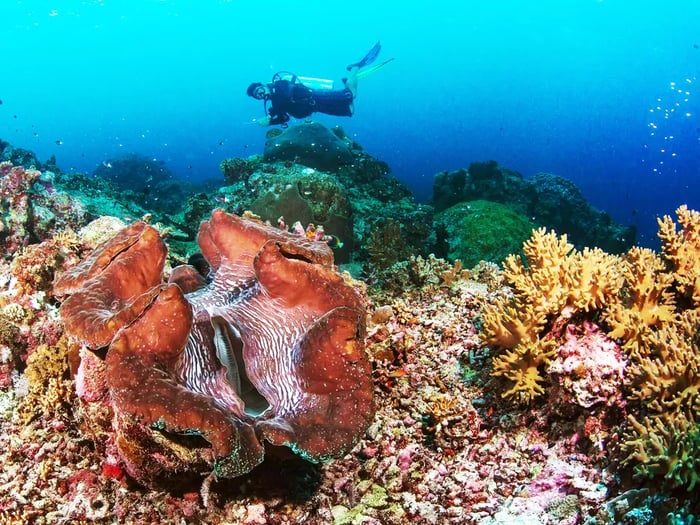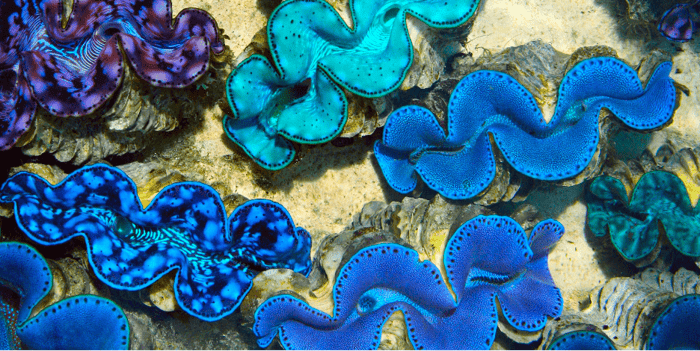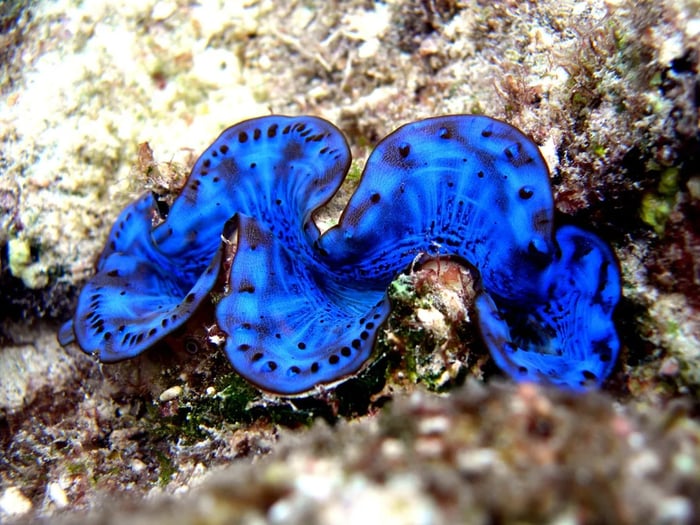Where should giant clam re-introduction take place
Understanding Habitat Suitability:
Giant clams are highly dependent on specific environmental conditions for their survival and growth. Key factors include water temperature, salinity, substrate type, and nutrient availability. Before initiating re-introduction efforts, thorough assessments of potential habitats must be conducted to ensure they meet the stringent requirements of giant clams.
Preference for Coral Reef Ecosystems:
Giant clams are primarily found in shallow, tropical coral reef environments, where they play a vital role in reef dynamics and biodiversity. Therefore, ideal re-introduction sites should be located within or adjacent to healthy coral reef ecosystems. These areas provide essential resources and symbiotic relationships necessary for the successful establishment of clam populations.
Consideration of Human Impacts:
Human activities, such as pollution, coastal development, and destructive fishing practices, can significantly impact the suitability of re-introduction sites for giant clams. Therefore, areas with minimal anthropogenic disturbances should be prioritized to maximize the chances of re-introduction success and long-term sustainability.
Which areas have been most affected by giant clam overharvesting?
Southeast Asia:
Historically, Southeast Asia has been the epicenter of giant clam overharvesting, with countries like the Philippines, Indonesia, and Malaysia experiencing substantial declines in clam populations due to unregulated exploitation for food, aquarium trade, and traditional medicine. The combination of high demand and inadequate management measures has led to the depletion of once-thriving clam populations and degradation of coral reef habitats.
Pacific Islands:
Islands in the Pacific Ocean, including parts of Micronesia, Melanesia, and Polynesia, have also witnessed significant declines in giant clam populations due to overharvesting and habitat destruction. These islands rely heavily on marine resources for sustenance and cultural practices, making them particularly vulnerable to the consequences of overexploitation.
Which areas would benefit most from re-introducing giant clams?
Coral Triangle:
The Coral Triangle, encompassing Indonesia, Malaysia, Papua New Guinea, the Philippines, Solomon Islands, and Timor-Leste, is renowned for its exceptional marine biodiversity and extensive coral reef systems. Re-introducing giant clams in this region could yield substantial ecological benefits by enhancing reef resilience, promoting nutrient cycling, and supporting local livelihoods through sustainable ecotourism and fisheries management initiatives.
Marine Protected Areas (MPAs):
MPAs serve as vital sanctuaries for marine biodiversity and ecosystem conservation. By focusing re-introduction efforts within established MPAs or designated conservation zones, we can provide giant clams with a protected environment to thrive and contribute to the recovery of degraded reef ecosystems. Moreover, integrating clam re-introduction with ongoing MPA management plans enhances the likelihood of long-term success and effectiveness.

Final thoughts
The re-introduction of any species that have been driven out of their habitats by human actions is always something to consider if it can be done correctly. Re-introducing giant clams represents a pivotal opportunity to not only restore balance to reef ecosystems but also to safeguard these iconic species for future generations. By carefully selecting suitable habitats, addressing human impacts, and prioritizing regions with the greatest conservation potential, we can enhance marine ecosystem restoration and resilience. It is imperative that stakeholders collaborate effectively, leveraging scientific expertise and community engagement to ensure the success of these critical conservation efforts.
If you are interested in supporting our research in this area, please support us by sharing our work and helping spread awareness of the work that we are doing with giant clams.
Further reading:
Featured Image Credits - https://www.aqua-store.fr/blog/le-saviez-vous-21/1331-les-benitiers-sont-des-animaux-symbiotiques.html
Neo, M. L., & Cabaitan, P. C. (2010). Giant clam (Tridacna gigas) larvae successfully reared in the laboratory: Synchronous swimming, energy and nutritional reserves of larvae from two to 80 days old. Aquaculture, 309(1-4), 202-207.
Deaker, D., & Gardner, J. P. A. (2010). Re-introduction of giant clams: challenges and successes. Reviews in Fish Biology and Fisheries, 20(1), 89-105.
Lim, H. C., Kim, S. J., Kim, S. W., & Park, J. K. (2016). Stock enhancement and marine ranching of endangered bivalve mollusks in Korea. Journal of Shellfish Research, 35(4), 895-902.
Yap, H. T., Neo, M. L., Phua, Z. C., & Todd, P. A. (2017). Translocation and redeployment of giant clams as a conservation tool. Global Ecology and Conservation, 10, 120-131.




